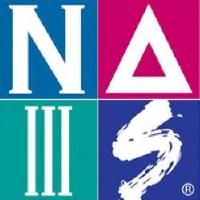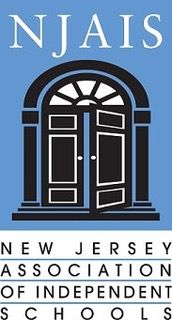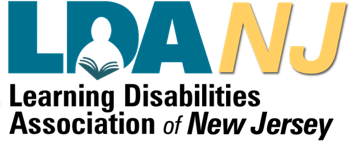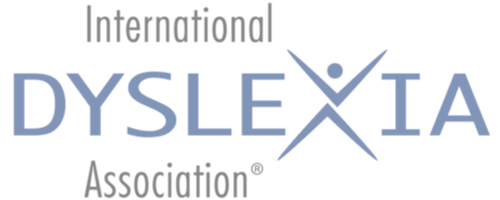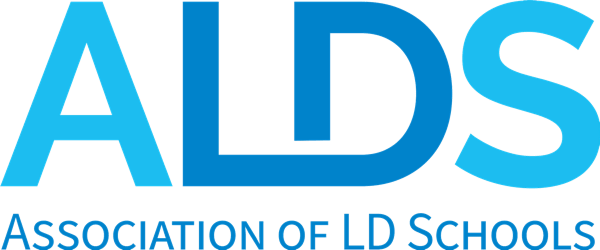The Craig School is uniquely positioned to provide an academically rich environment that is designed for the educational needs of students with language-based learning disabilities. We couple that specific and structured learning with “soft skills” or social-emotional learning (SEL) skills necessary for future success in college, career, and life. The nurturing of social and emotional growth is a core value of The Craig School.
According to the Collaboration for Academic, Social, and Emotional Learning (CASEL), social-emotional learning is “the process through which children and adults understand and manage emotions, set and achieve positive goals, feel and show empathy for others, establish and maintain positive relationships, and make responsible decisions.” What we know through evidence-based research as well as our experiences as educators is that social and emotional competencies open a pathway for increased academic success and improved student attitude toward school, thus reducing some of the educational barriers a student may face in a classroom setting. Additionally, schools that emphasize the social and emotional growth of their students whether in the classroom or while at play, increase student agency, voice, and self-awareness, and decrease student stress, anxiety, and social withdrawal.
Learning Ally. Kahoot. Kami. IXL. Read & Write. Mindomo. You may have heard your child talking about, searching for, or even using one of these learning tools, some of which are instructional software (Kahoot, IXL, Mindomo) and others are known as Assistive Technology (Learning Ally, Kami, Read & Write). Assistive technology (AT) is any item, piece of equipment, system, or device that increases, maintains, or improves a student’s ability to learn, whereas instructional software does not remove barriers to learning, but rather is used as a teaching tool for academic skills or content. COVID-19 has brought with it change to the field of education. One of the positive outcomes educators are experiencing is a renewed focus on innovative and collaborative pedagogies and the opportunity to take a closer look at the efficacy of the interventions, curriculum, and programs within a school. In our current hybrid model, where learning takes place synchronously in a physical school environment and through a virtual platform, our use of technology to enhance learning and reduce barriers continues to be a powerful tool in our teacher’s tool belt. I have had a few parents ask about the use of technology in the classroom. Here is a snapshot of the most commonly used assistive technology and educational software your child may experience at The Craig School:
Assistive Technology
Kami: Kami is an app that converts documents to PDF files. While this seems simple on the surface, its real strength is its use as a support for critical reading by allowing teachers to guide and comment on students’ annotations and by providing a platform for students to interact with text and to make meaningful connections among multiple texts.
Learning Ally: Learning Ally is a digital library of human-read audiobooks, which include everything from classic literature to standard textbooks. Features include highlighted text synced with audio narration, speed control, bookmarking, highlighting, and note-taking.
Read & Write: Read & Write is a literacy tool featuring text-to-speech options that support listening comprehension through engaging both auditory and visual senses, talk & type feature where students can take notes and record observations orally, highlighter option to support note-taking, and a word prediction tool to help develop writing skills, among other features.
Educational Software
IXL: At The Craig School, IXL math and IXL language arts is used. Students are given questions on a specific standard in a core subject. When students successfully answer questions, they advance through the standard and the problems presented adapt in real-time to where they are in mastering the concept. It is a flexible tool used for mastery-based learning.
Kahoot!: Gamification of learning is a trend in education and Kahoot is a useful tool toward that end. This app provides a platform for students or teachers to create, share, and play learning games or trivia quizzes.
Mindomo: Mindomo is an app used for mind mapping. Mind mapping is a learning tool that helps students master concepts through generating new ideas, synthesizing and structuring information, problem-solving, decision making, using evidence to support claims, and accurate planning.
Community, in its purest form, is a feeling of fellowship with others that springs from shared attitudes, interests, and goals. We, at The Craig School, are such a community. We unite under our common purpose of providing an evidence-based, challenging academic program coupled with nurturing the social-emotional and moral health of our students all in the environment most suited to their needs, with the end goal of a student who is self-aware, self-confident, and able to reach their greatest expectations.
Community is built in the trenches and on the front lines; it is built in our hallways and classrooms. The relationships teachers form with and among their students, with other teachers and staff members, and with their students’ parents and guardians, forge this fellowship. Schools can serve to strengthen a student’s sense of community, their sense of belongingness, through actively cultivating respectful and inclusive relationships—and these relationships begin in the classroom. Dr. Caparulo, Director of our high school, has a signature quote on this email that reads, “No significant learning happens outside of a significant relationship” (James Comer, Professor at the Yale Child Student Center). How true this statement rings. The keys to creating a positive climate and a community of belonging are relationships, and it is through these relationships students blossom and are primed for optimal learning.
Rita Pierson, the late teacher most known for the TedTalk, Every Kid Deserves a Champion once said, “How powerful would our world be if we had kids who were not afraid to take risks, who were not afraid to think and who had a champion? Every child deserves a champion: an adult who will never give up on them, who understands the power of connections, and insists that they become the best that they can possibly be.” This is the type of community I value and I believe it is the one that you value as well. My hope is for each and every student at The Craig School to experience a strong sense of belonging, of community, and to experience what it is to have a champion. When we foster a positive school community, we remove another barrier to learning, allowing our students to truly shine.
Recently, I was reminded of a blog post from years past sharing lessons learned from the classic children’s story, The Little Engine That Could by Watty Piper, such as courage, strength, and a can-do attitude. The oft-recited words, “I think I can, I think I can…” to me, illustrate something even greater, self-efficacy. Self-efficacy is the belief in one’s ability to meet the challenges ahead and complete a task successfully. You may recall that as a result of an engine break down, a group of toys and dolls were left looking for a way to get up and over a mountain to reach the children on the other side. Many engines came and went, but alas, the Little Blue Engine, not as big nor as strong as other engines, came along and offered to help. At first, the Little Blue Engine wasn’t completely sure it would be able to do something that it had never done before. However, quickly this doubt changed and the Little Blue Engine started to think it really could climb the mountain. But it wasn’t only the Little Blue Engine’s belief in its ability that allowed it to get up and over the mountain to deliver the dolls and toys. The thought led to specific actions, “puff, puff, chug, chug;” actions that ultimately resulted in achieving the desired goal. Despite never making it up and over the mountain before, the Little Blue Engine began chanting, “I think I can,” until the task was accomplished. Through perseverance and resilience, the Little Blue Engine turned “I think I can” into “I thought I could.”
There is strong empirical support for the direct effects of self-efficacy and academic achievement. Just like The Little Blue Engine, students with learning disabilities may struggle with this construct. Many have experienced frustrations at school and for some these frustrations lead to the erroneous belief that they can not or will not find success in school. At The Craig School, I am continually awed by our faculty, who understand the strong, positive associations between efficacy, both individual and collective, and each student’s ability to achieve. This understanding is made evident daily in our classrooms as our teachers engage in instructional practices that foster self-efficacy among our students. While not exhaustive, these research-driven strategies include metacognitive awareness so that our students understand how they learn best, self-regulation, to enhance our students’ ability to set goals, make plans, and manage emotions to reach their desired outcome, and self-determination, so that our students learn how to make informed choices and manage their lives. A best practice in the field of special education is to equip students with the skills, attitudes, and opportunities to play an active, prominent role in their own learning. Fostering our students’ self-efficacy lays out a path to this end.
The Little Engine That Could presents an illustration of the belief in one’s ability to achieve. However, the story doesn’t end there. Look again at the toys and dolls in the broken engine. Together, they joined the Little Blue Engine in believing it could get over the mountain and deliver the toys to the children. This shared belief among the Little Blue Engine and the toys and dolls manifested into the action steps required to find success. At The Craig School, not only do we seek authentic opportunities to grow our students’ self-efficacy, we recognize that we must be active partners who also believe wholeheartedly in the ability of each and every one of our students to succeed and reach their full potential.
For more information on ways of giving or to make a donation online you can clicking here.
